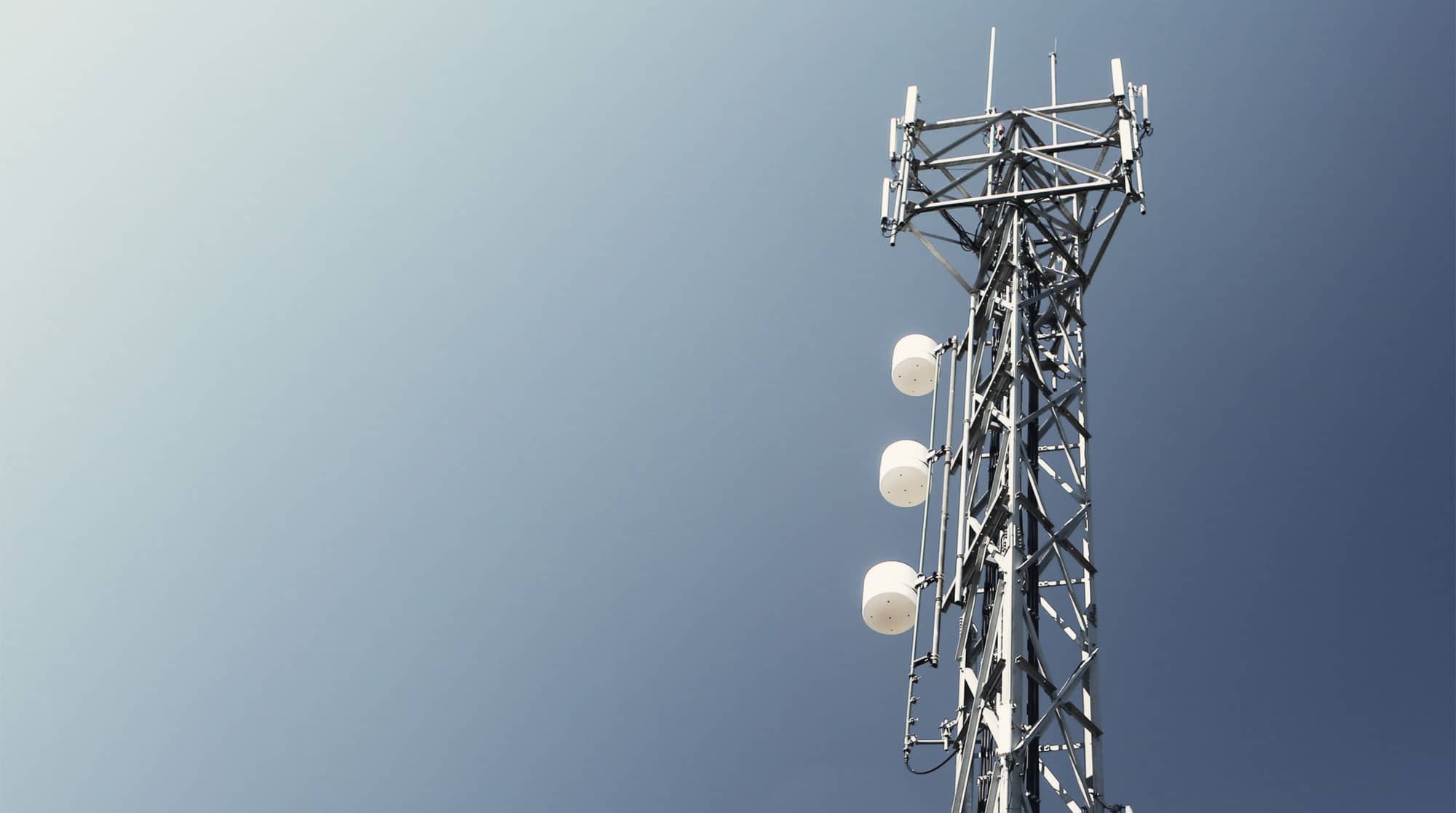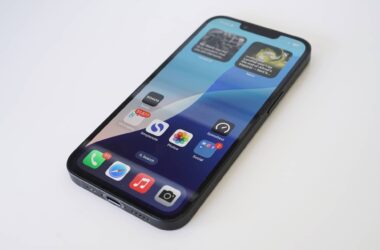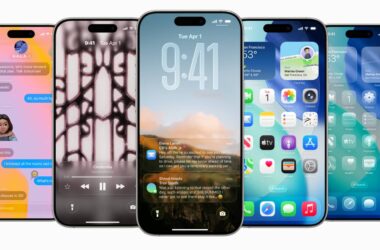With the 3G network set to be disconnected this year, owners of older phones might want to consider an upgrade, because their voice capability could lean on old tech.
Australia is inching closer to a total removal of the 3G network across its land, and depending on the phone you use, it may pose a bit of a problem.
Vodafone switched 3G off in December 2023, but with the country’s biggest telco Telstra set to pull the plug in June, and Optus following in September, the rush is on to find whether there will be consequences and problems for customers still using 3G, or using it without realising it.
The latter of these is a big concern, particularly given how many 3G handsets are still in use, but it may also affect older 4G handsets, as well, thanks in part to how 4G phones have evolved.
It’s been over 12 years since 4G first arrived in Australia, but during the first few years of 4G phones, the handsets leveraged 3G networks to make calls. Later devices can use a technology called VoLTE, or “Voice over LTE”, which enabled them to make voice calls over the 4G data network, but it wasn’t always this way. Older 4G devices might be built for the 4G network, but they won’t make phone calls without 3G, and that could have massive ramifications for owners of older phones.
Simply put, if you have an older 4G device and an even older 3G device, when Telstra and Optus cut off 3G services, these devices will not connect to the networks the way you originally used them for. A 4G device with a 3G voice system will not make voice calls, while a 3G device will not connect at all. That means no voice calls for those devices, regardless of whether it’s a friendly call or an emergency.
So what can you do?
Does the 3G shutdown affect voice on 4G phones?
Not all phones will be affected, but some 4G phones will lose their ability to make phone calls, thanks in part to how they make calls in the first place.
Specifically, they’ll be older devices that use the 3G network for voice, namely early 4G phones and anything made as a 3G device.
If you have an old device, your only choice will be to upgrade to a newer device, otherwise you won’t be able to make calls. That’s a hardware problem, and not an issue for Telstra, Optus, Vodafone, or even the government.
Hardware problems require hardware fixes, and in this case, it means using a new phone.
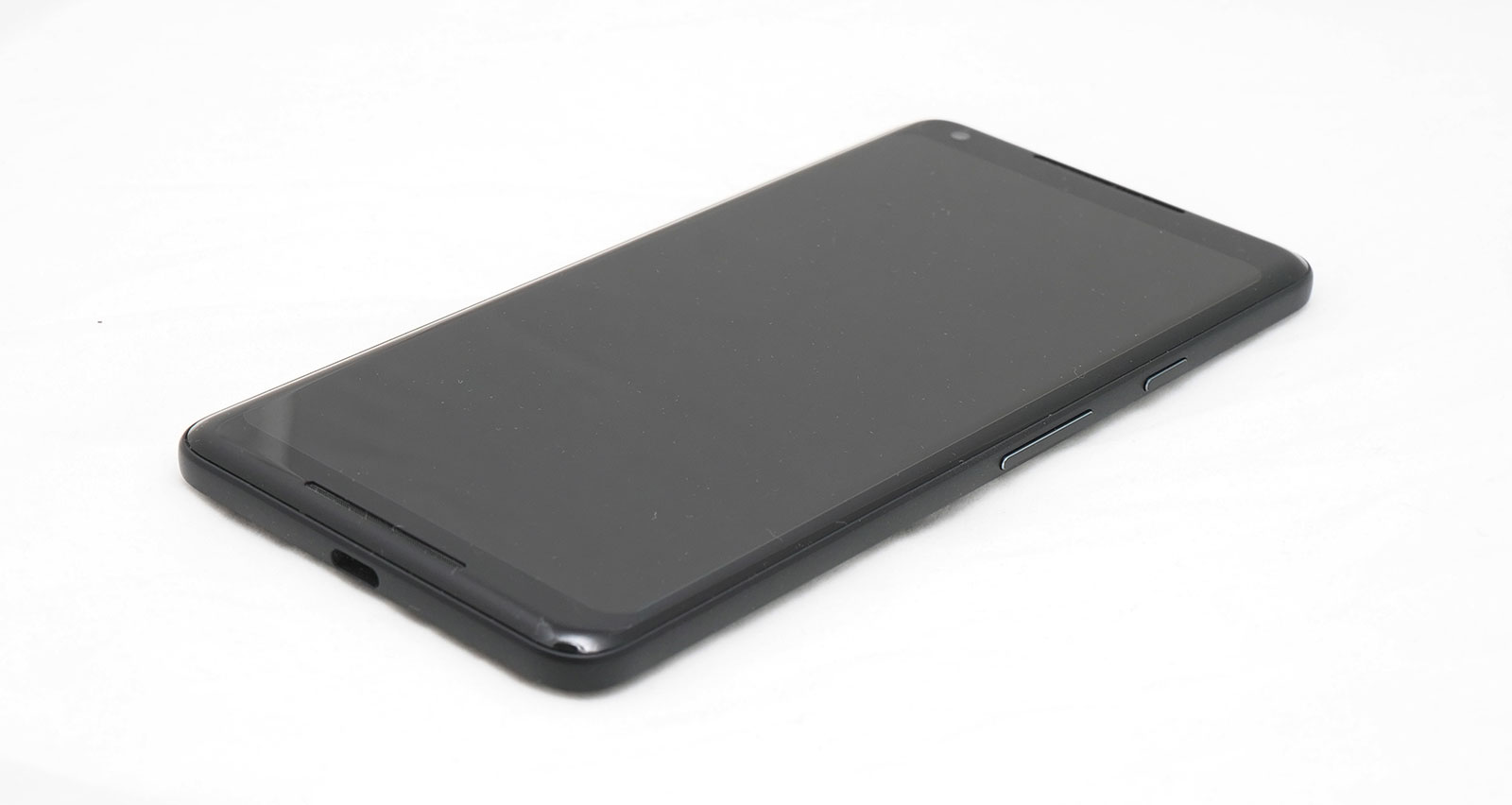
Does the 3G service shutdown affect data access on phones?
Voice is only one part of the problem, because data may be affected, as well.
While the 3G shutdown will affect data access on 4G phones, it only cuts off the slower 3G access, not the faster 4G access. The same is true if you have a 5G phone with support for 3G; when the 3G service is switched off, 5G phones can only access data on 4G and 5G, both of which are faster than on 3G.
That means if you normally see a 3G connection for data access, you’ll stop seeing that when 3G is switched off. Instead of dropping back to a 3G service, the lowest connection type will be a 4G service.
For some across Australia, this could pose a problem, though telco network maps will paint the picture of what you can expect.
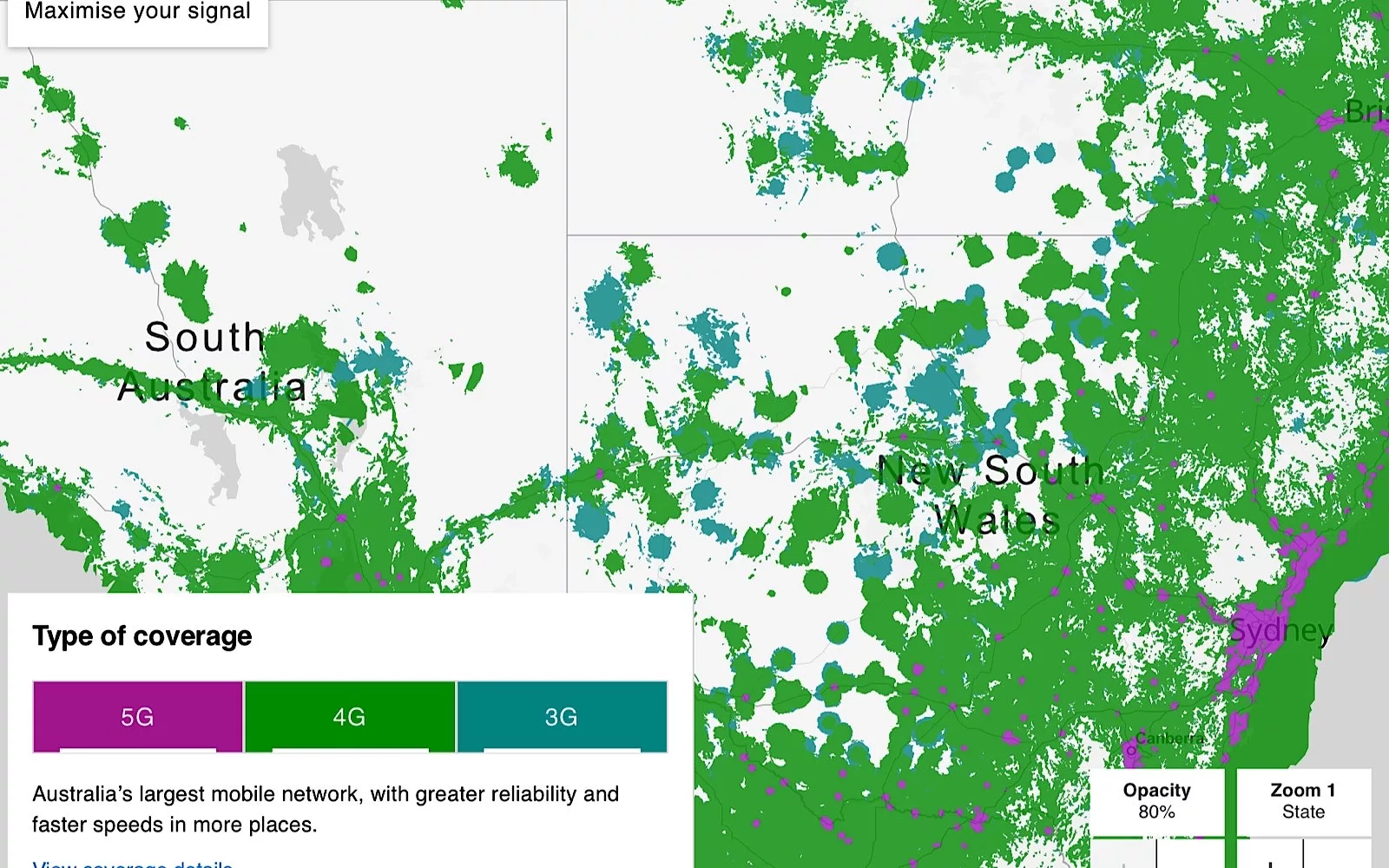
As an example, a Telstra network map shows that Telstra 4G access in green in quite varied across much of New South Wales and for some of South Australia. But the blue 3G access covers patches of land that the 4G service hasn’t reach yet. In these examples, the 3G service will cease to exist in these places if Telstra doesn’t improve the signal.
The fact of the matter is that every telco switching off 3G will have to deal with this in some way, and is hopefully improving 4G reach across the massive space of land that is Australia.
But it’s entirely possible — and likely — that parts of the 3G network won’t be patched up with 4G, and that means if you rely on specific sets of connection that use the 3G service, you may run into some problems.
What can you do if you lose 3G service for data?
While the reasons we’re seeing 3G cut off relate to a reuse of the spectrum for other technologies, there are other reasons telcos likely agree with the approach, and one may well be how people can fix the 3G reach where they live.
Simply put, if you rely on 3G at home, on a farm, or anywhere else, and you have an NBN connection, you can stretch your WiFi and allow your phone to connect using that.
Current phones use VoLTE to connect to modern mobile networks to make voice calls, but they can also use a similar technology called “VoWiFi”, which is Voice over WiFi to make voice calls over a wireless network.
If the 3G shutdown affects where you live and work, you may want to consider seriously boosting a wireless network or even setting up a stronger WiFi network with serious reach, allowing your phone to take advantage of strong speeds without relying on a mobile network in the first place.
Which phones are affected by the 3G shutdown?
If you’re at all concerned that you have a phone that could be affected, the best way to work it out is to look at the age of your phone.
Most of the handsets will be fairly old, but the mobile operators suggest up to 740,000 handsets could be impacted in Australia, with the possibility of proposed delays to the shutdown if the government sees it as necessary.
Moving to a new phone is the most logical solution, but identifying which phone you have is important.
Telstra notes that could include the following, but may not be limited to:
- An Apple iPhone released before 2015
- Samsung Galaxy phone released before 2017
- Google Pixel phone released before 2018, and
- Other Android devices released before 2020
Worth noting that some devices fitting in this list will be fine, but many devices should be fine if purchased within the space of the last five years. If you’re at all concerned, WhistleOut has compiled a fairly comprehensive list, and if your phone isn’t on there, you should be fine.


